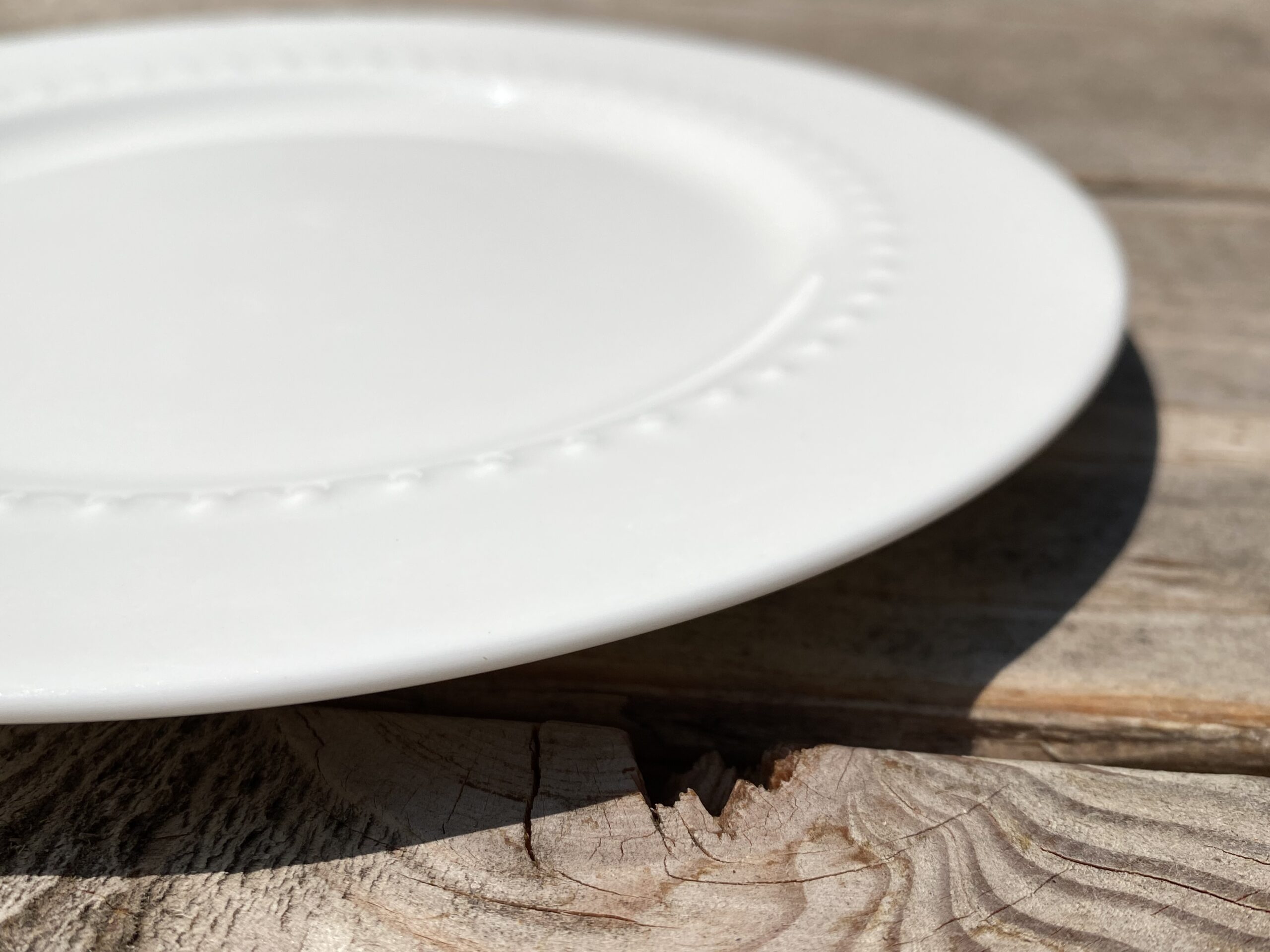XRF test results for white glazed Roscher Bone China dish (Made in China) — sent in by Savannah in Colorado
For those new to this website:
Tamara Rubin is a multiple-federal-award-winning independent advocate for childhood Lead-poisoning prevention and consumer goods safety, and a documentary filmmaker. She is also a mother of Lead-poisoned children (two of her sons were acutely Lead-poisoned in 2005). Since 2009, Tamara has been using XRF technology (a scientific method used by the U.S. Consumer Product Safety Commission) to test consumer goods for toxicants (specifically heavy metals — including Lead, Cadmium, Mercury, Antimony, and Arsenic). All test results reported on this website are science-based, accurate, and replicable. Items are tested multiple times to confirm the test results for each component tested. Tamara’s work was featured in Consumer Reports Magazine in February of 2023 (March 2023 print edition).
Published: July 19, 2023 — Wednesday
Below are full XRF test results for the Roscher Bone China (Made in China) dish pictured above (additional photos below as well).
For context: the amount of Lead considered unsafe in the glaze, paint, or coating of an item intended for use by children is anything over 90 ppm Lead. The glaze used for the black back mark (logo area) on this dish tested positive for more than 10,000 ppm Lead. Dishes are not considered (by the United States Federal government) to be items intended for use by children. Items intended for use by adults are not regulated for total Lead content (as detectable with an XRF instrument). As a result, this is not considered illegal in any way.
What to do with these dishes — are they safe?
Some Lead Safe Mama readers might be okay with the fact that it is “only” the back mark that tests positive for a high level of Lead, others might choose not to use these dishes because the food surface is slightly above acceptable use for children. There’s truly a full range of possible responses to these test results. It is not my position to make this choice for you but to give you science-based information so that you can make an informed choice, whatever that choice is. Personally, I had dishes with a similar high Lead back mark (here’s a link to those dishes and their test results) and I chose to get rid of them as we have a “zero tolerance policy” for Lead in our home, especially in the kitchen.
All federal agencies agree there is no safe level of Lead exposure for humans. It is also widely understood in the medical and scientific communities that the impact of Lead is cumulative (you can read more about that here) and so it makes sense (in my opinion), to remove Lead from our homes and our lives whenever possible.
Reading #1) White Center of Food Surface of the Dish
60-second test (repeated multiple times to confirm results)
- Lead (Pb): 123 +/- 18 ppm
- Cadmium (Cd): non-detect / negative
- Tin (Sn): non-detect / negative
- Mercury (Hg): non-detect / negative
- Selenium (Se): non-detect / negative
- Barium (Ba): 2,607 +/- 100 ppm
- Arsenic (As): non-detect / negative
- Chromium (Cr): 482 +/- 260 ppm
- Antimony (Sb): non-detect / negative
- Nickel (Ni): non-detect / negative
- Copper (Cu): 55 +/- 29 ppm
- Zinc (Zn): 61,700 +/- 1,300 ppm
- Manganese (Mn): non-detect / negative
- Titanium (Ti): non-detect / negative
- Bromine (Br): non-detect / negative
- Zirconium (Zr): 3,623 +/- 101 ppm
- Niobium (Nb): non-detect / negative
- Molybdenum (Mo): non-detect / negative
- Iron (Fe): 727 +/- 122 ppm
- Platinum (Pt): 430 +/- 123 ppm
- Cobalt (Co): non-detect / negative
- Bismuth (Bi): non-detect / negative
- Indium (In): non-detect / negative
- Chlorine (Cl): non-detect / negative
- No other metals were detected in consumer goods mode.
Reading #2) Black Logo Mark on the Back of the Dish
60-second test (repeated multiple times to confirm results)
- Lead (Pb): 10,100 +/- 300 ppm
- Cadmium (Cd): non-detect / negative
- Tin (Sn): non-detect / negative
- Mercury (Hg): non-detect / negative
- Selenium (Se): non-detect / negative
- Barium (Ba): 1,814 +/- 78 ppm
- Arsenic (As): non-detect / negative
- Chromium (Cr): 3,566 +/- 364 ppm
- Antimony (Sb): non-detect / negative
- Nickel (Ni): non-detect / negative
- Copper (Cu): 50 +/- 28 ppm
- Zinc (Zn): 45,600 +/- 1,000 ppm
- Manganese (Mn): 3,154 +/- 262 ppm
- Titanium (Ti): non-detect / negative
- Bromine (Br): non-detect / negative
- Zirconium (Zr): 2,336 +/- 67 ppm
- Niobium (Nb): non-detect / negative
- Molybdenum (Mo): non-detect / negative
- Iron (Fe): 1,815 +/- 158 ppm
- Platinum (Pt): 416 +/- 115 ppm
- Cobalt (Co): 4,068 +/- 176 ppm
- Bismuth (Bi): non-detect / negative
- Indium (In): non-detect / negative
- Chlorine (Cl): non-detect / negative
- No other metals were detected in consumer goods mode.
To see more products we have tested, please check out this link for the “Menu” of our website.
~ End ~
Never Miss an Important Article Again!
Join our Email List













